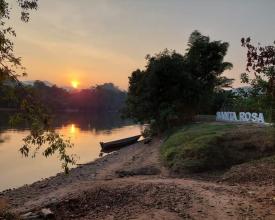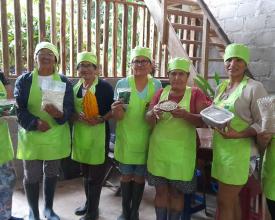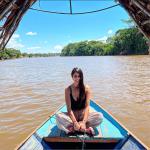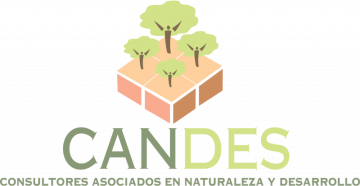
Tourism in mixed heritage areas
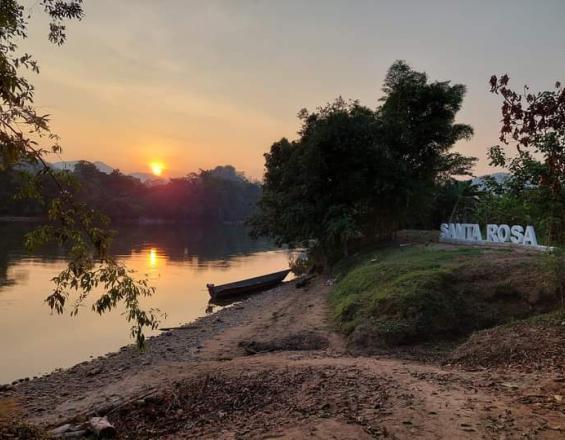
In 1983 the PNRA was created and in 1992 it was recognized as a Mixed World Heritage Site (UNESCO) for its cloud forests and high Andean grasslands, as well as for the archaeological complexes of Gran Pajatén and Los Pinchudos. In 2016 it was recognized as part of the Gran Pajatén Biosphere Reserve.
Its natural and cultural importance represents a great opportunity to generate greater interest at the national and international level and involves coordinated work between various sectors and stakeholders to generate differentiated tourism products that provide benefits for the local population.
The national tourism authority and the Regional Tourism Plan have prioritized the Abiseo destination for promotion, awakening interest from private investment and international organizations. Since then, a committee has been formed to coordinate public and private interventions. One specific case is that of APROBOC, which manages the Breo conservation concession, where they implement tourism activities.
Impacts
- Peru's Ministry of Foreign Trade and Tourism has prioritized tourism investments in the PNRA because of its international recognition: Gran Pajaten Biosphere Reserve, Mixed World Heritage Site.
- The prioritization of public resources in the area motivated the interest of international companies and organizations to carry out research as inputs for the development of innovative tourism experiences.
- The PNRA is beginning to become an anchor attraction for the San Martin region as a differentiated and prioritized adventure destination and its articulation with nearby destinations such as the Pacaya Samiria National Reserve, generating a corridor with great growth potential.
- The positioning of the territory's own primary productive activities (cacao, coffee) facilitates the capacity to invest in complementary activities such as tourism, which has increased the local population's interest in becoming involved in tourism and improving their knowledge for this purpose.

